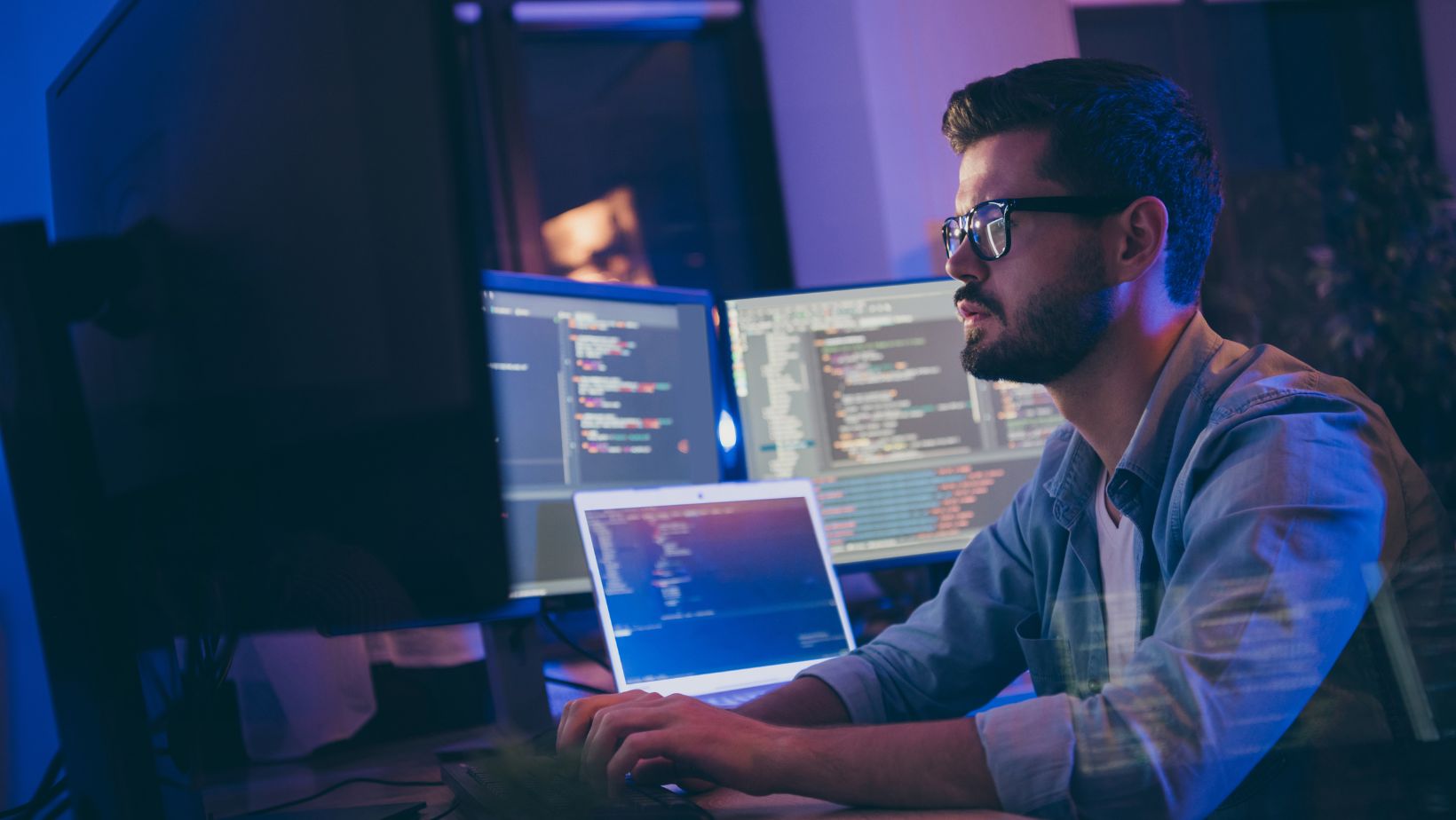
How Does AI Create Images
Artificial intelligence (AI) has made tremendous strides in the creative world, particularly in the domain of digital art. From generating photorealistic images to abstract masterpieces, AI’s ability to create images is reshaping the boundaries of artistic expression. But how does AI create images? What technologies and processes are at play when an algorithm generates a piece of digital art? In this article, we will explore the mechanics behind AI image creation, the tools involved, and the future of AI in the creative industries.
At its core, AI image creation is a process driven by machine learning algorithms, which are trained on vast datasets of visual content. These algorithms learn to recognize patterns, shapes, and structures in images, and use this knowledge to generate new visuals based on specific inputs. Here are some key technologies and concepts that enable AI to create images:
- Generative Adversarial Networks (GANs): GANs are one of the most popular techniques used to create images. A GAN consists of two neural networks: the generator and the discriminator. The generator creates images, while the discriminator evaluates how realistic the images are. Through a process of trial and error, the generator improves its output over time, eventually creating highly realistic images. GANs are often used for generating photorealistic portraits, landscapes, and other types of digital art.
- Deep Learning and Neural Networks: Neural networks are the backbone of many AI image creation tools. These networks consist of layers of interconnected “neurons” that process data in a way that mimics the human brain. By training on massive datasets of images, neural networks learn to replicate the patterns and textures found in real-world visuals, allowing them to create new images that are visually convincing.
- Style Transfer: Style transfer is a technique that allows AI to apply the visual style of one image (such as a famous painting) to another image (like a photograph). This process can result in stunning, painterly effects that transform ordinary photos into works of art.

How AI Generates Images
The process of AI image generation generally involves the following steps:
- Input Data: The user provides some form of input, whether it’s a text prompt, a reference image, or a set of instructions. In the case of tools like DALL·E, users input a written description (e.g., “a cat wearing a space suit”). For others, such as Artbreeder, users may start with a base image and adjust certain traits to guide the AI’s output.
- Training the Model: Before an AI system can generate convincing images, it must first be trained. This involves feeding the AI with a large dataset of images so that it can learn the patterns, textures, and structures inherent in visual content. During training, the AI identifies relationships between various features, such as lighting, color, depth, and composition.
- Image Generation: Once trained, the AI uses its learned knowledge to generate new images. For instance, a GAN might create an entirely new portrait based on the input prompt, or a neural network could generate an abstract painting with specific stylistic elements. The output can vary from photorealistic depictions to surreal or abstract art, depending on the parameters set by the user.
- Refinement: Some AI tools offer a refinement process where users can tweak the generated images to achieve the desired look. This process may involve adjusting the composition, color palette, or other visual elements to perfect the final image.

Why Is AI Image Creation So Powerful?
The power of AI in creating images lies in its ability to process and learn from vast amounts of visual data. Traditional artists can only work with the tools and materials available to them, but AI can tap into a virtually limitless array of styles, influences, and creative possibilities. This allows AI to generate images that are not bound by human limitations, resulting in groundbreaking and often unexpected artworks.
Additionally, AI-generated art opens up new opportunities for customization. Artists, designers, and marketers can use AI to quickly generate unique visuals based on specific criteria, saving time and resources while achieving high-quality results. As AI technology continues to evolve, the potential for image creation will only expand. Future AI tools may become more intuitive, allowing for even greater creative control over the final result. Additionally, AI might begin to incorporate more complex elements like emotion, storytelling, and narrative into its images, adding depth and meaning to its creations.
Furthermore, the intersection of AI with other technologies, such as virtual reality (VR) and augmented reality (AR), could lead to new forms of interactive digital art where AI-generated images come to life in immersive environments.
